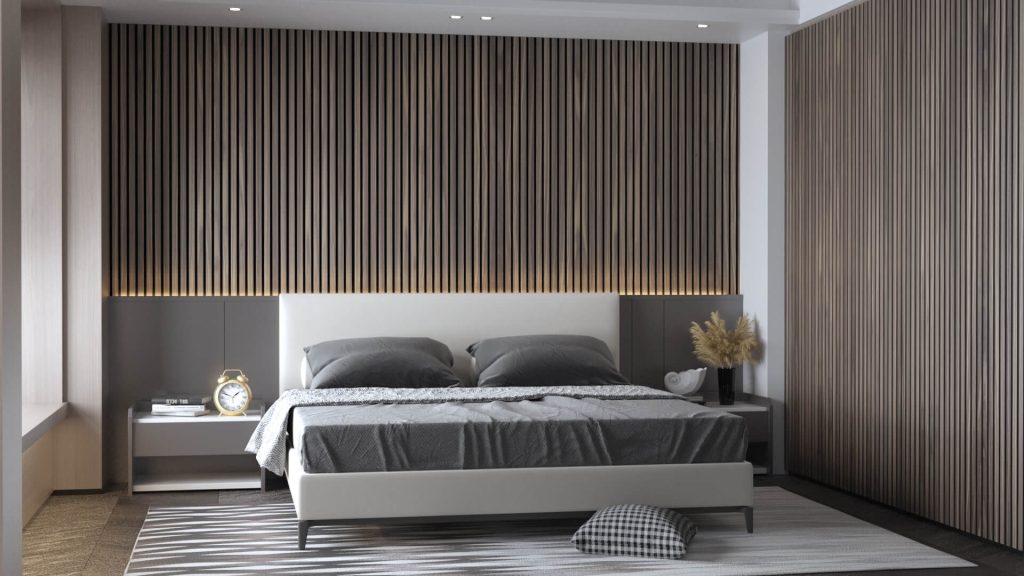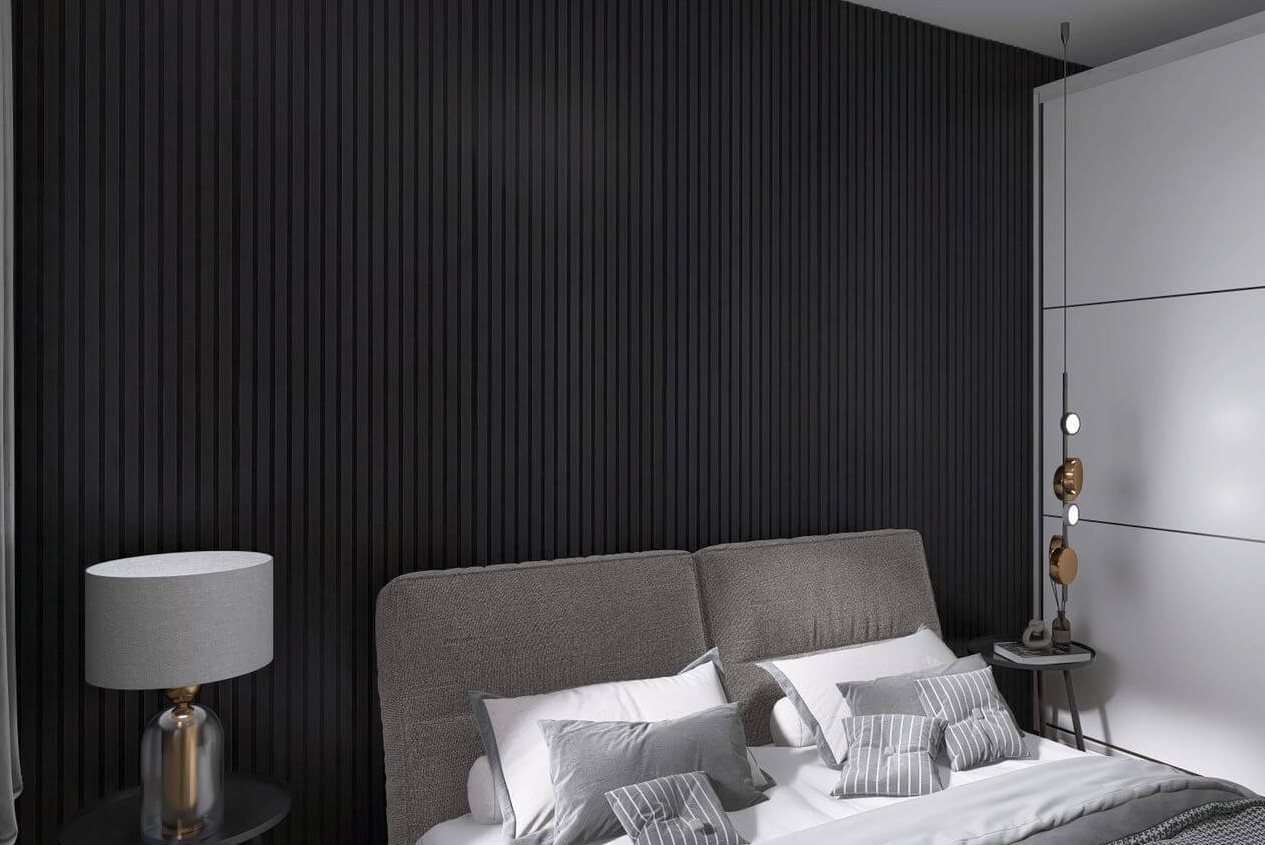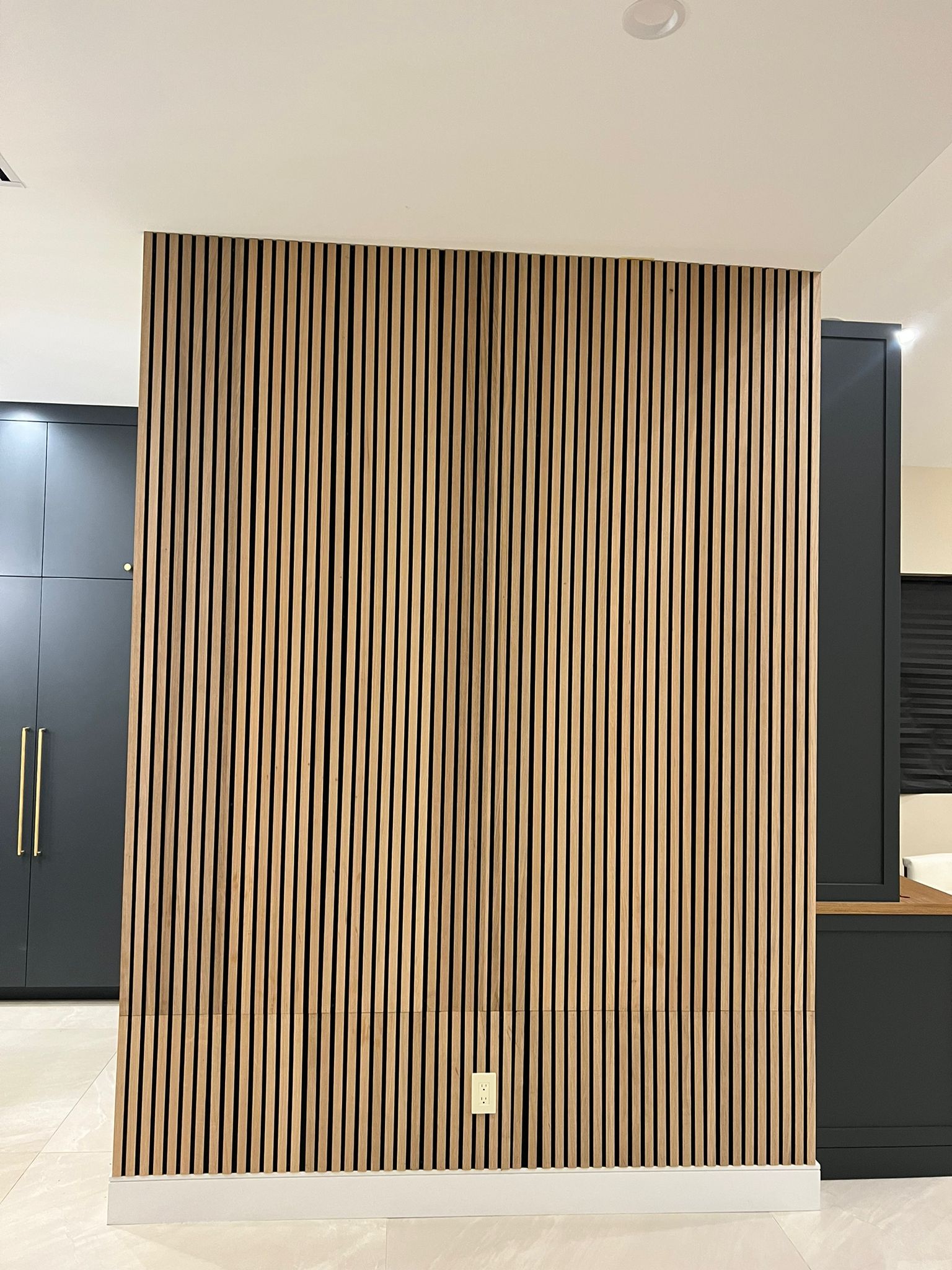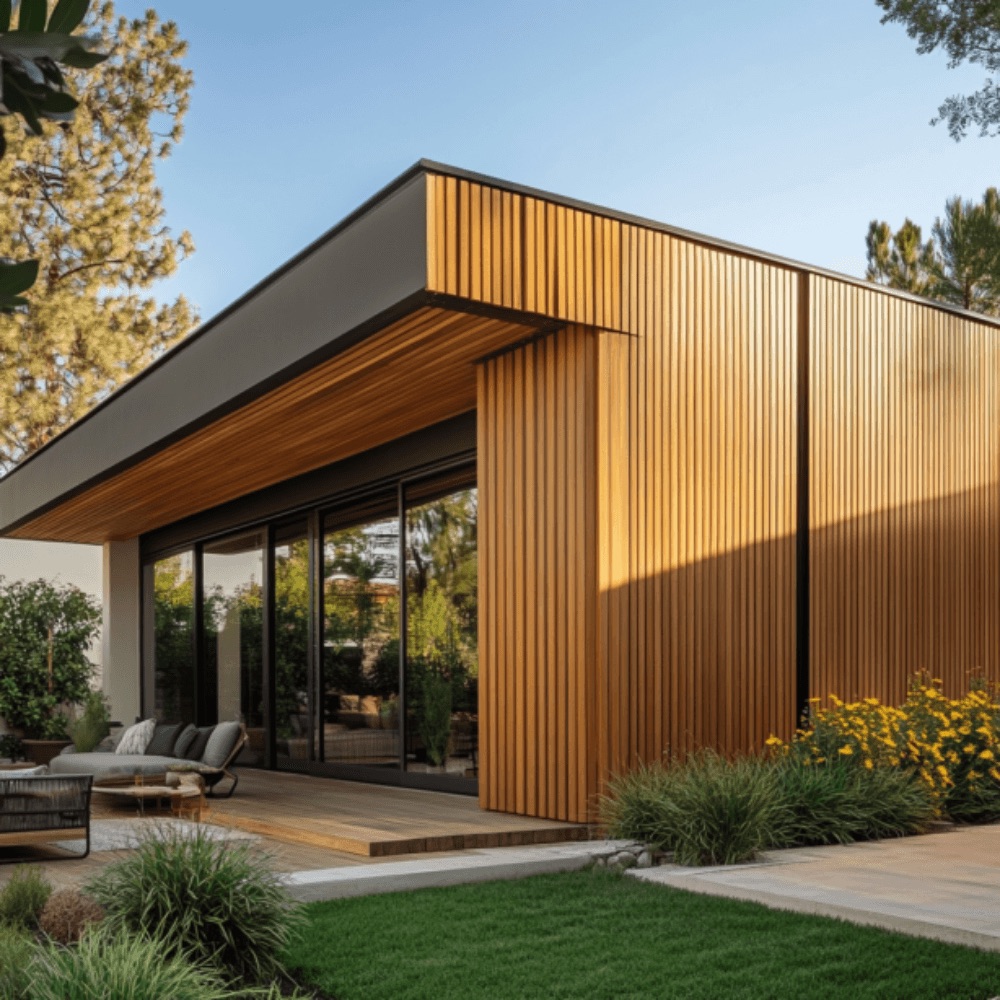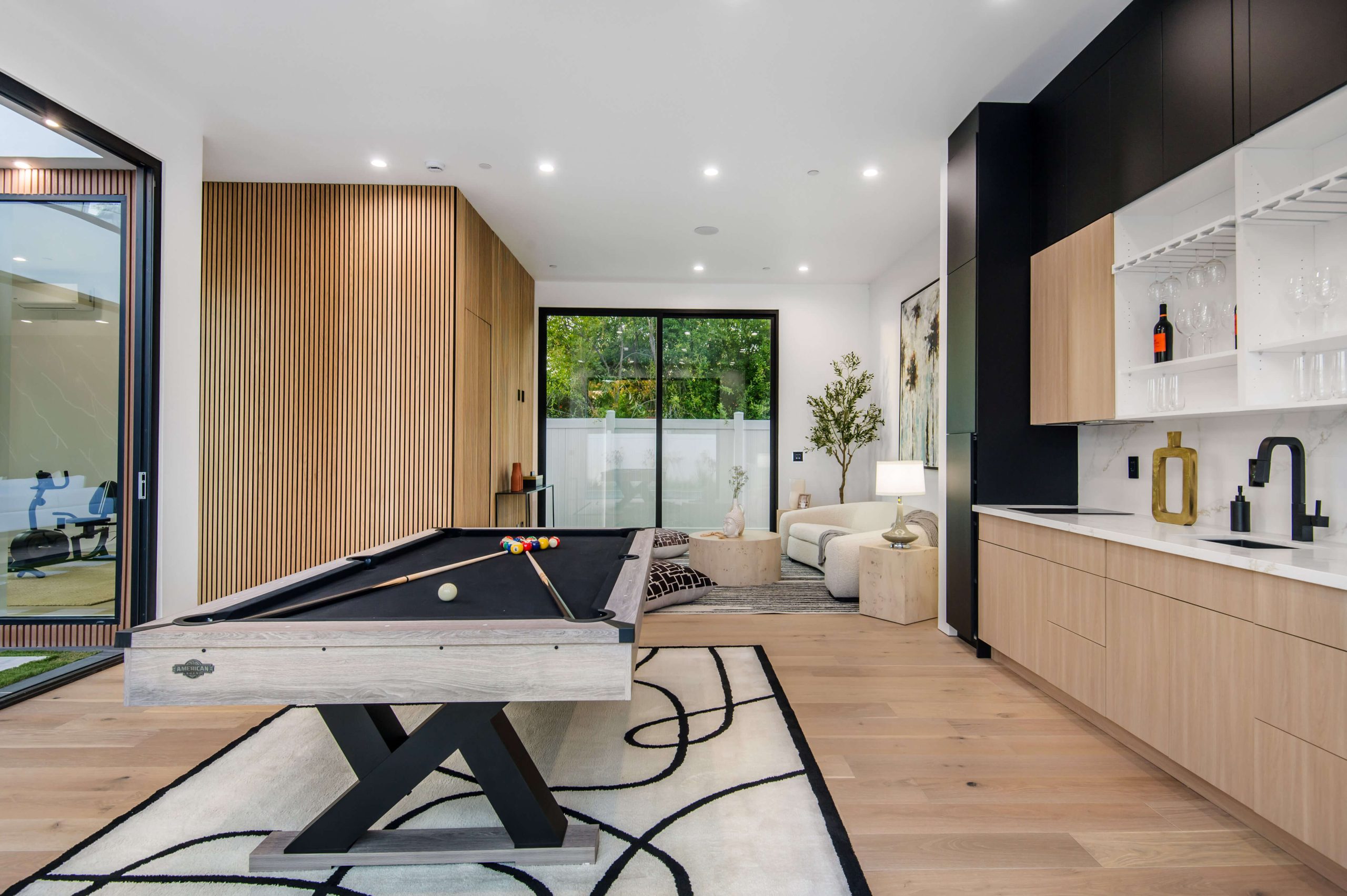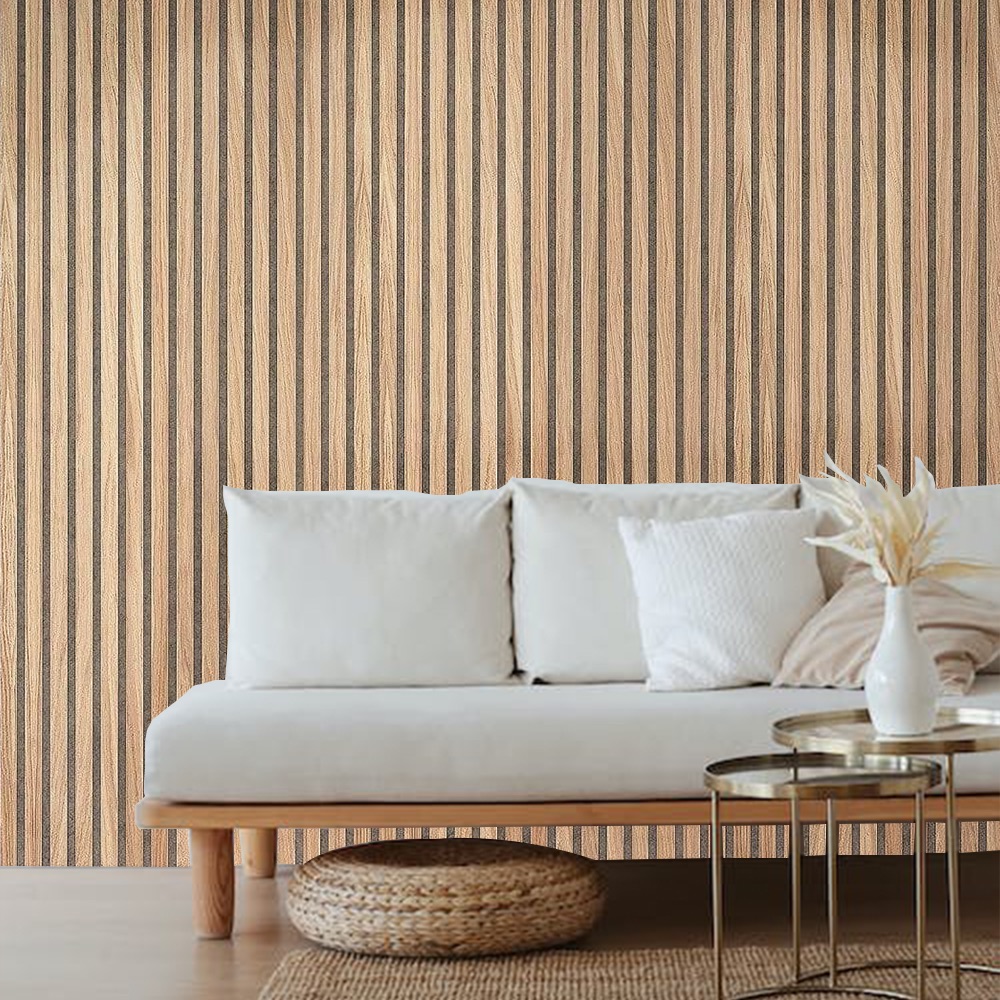When it comes to giving your space a warm, natural feel, nothing beats the charm of a wooden panel wall. But here’s the thing—not all wood is built the same, and choosing the right type can make a huge difference. If you’re thinking about installing a durable panel wall, picking the best wood isn’t just about looks—it’s about strength, lasting power, and how well it holds up in everyday life.
We’ve seen it all, from cosy home living rooms to sleek modern offices. And after years of helping Aussies upgrade their interiors, we know which woods can take the hits and still shine. Whether you’re after something rustic, polished, or somewhere in between, let’s help you pick a timber that’ll stand the test of time.
Why Choosing the Right Wood Matters for Installing a Durable Panel Wall
Building a feature wall should feel exciting, not overwhelming. But with so many wood types out there, it’s easy to get lost. What you need is wood that doesn’t just look good—it should also resist warping, moisture, pests, and general wear and tear.
When you’re installing a durable panel wall, the last thing you want is panels that crack, fade, or fall apart in a few years. That’s why picking the right material from the start is key. Here’s what makes a panel wall truly durable:
- Density: Harder woods resist dents and damage better.
- Stability: Some timbers move less with changes in weather.
- Grain: A tighter grain adds strength and style.
- Resistance: Natural oils or treatments help prevent decay and pests.
Top Woods to Use When Installing a Durable Panel Wall
Let’s break down the best options that offer that perfect mix of beauty and strength. If you’re on the hunt for panel wall materials that will last long and stay stunning, these are our top picks:
1. Oak
Oak is a timeless choice that’s both tough and beautiful. It has a strong grain and comes in light to medium shades, giving your room that elegant, earthy vibe.
Why Oak Works:
- Heavy and hardwearing
- Resists moisture and everyday knocks
- Works well in classic and modern homes
2. Cedar
Cedar has a warm, reddish tone and gives off a lovely natural scent. It’s lightweight but still tough enough for indoor use, especially for installing a durable panel wall in bedrooms or offices.
What Makes Cedar Great:
- Naturally repels bugs
- Handles moisture better than many softwoods
- Adds a cosy, natural feel
3. Blackbutt
This Aussie native hardwood is perfect for people who want something light-coloured but solid. It’s often used in high-traffic areas because it’s so reliable.
Key Features of Blackbutt:
- Fire-resistant (bonus for bushfire zones!)
- Strong and stable over time
- Smooth finish that takes stains well
4. Spotted Gum
Spotted Gum stands out for its rich, earthy tones and strong, wavy grain. It’s one of the toughest hardwoods around and ideal for installing a durable panel wall in spaces that see lots of action.
Why It’s a Winner:
- High durability rating
- Eye-catching grain and colour variation
- Great for modern statement walls
5. American Walnut
If luxury is what you’re after, Walnut brings it in spades. Deep chocolate tones with subtle grain give it a high-end look without being over the top.
What Sets Walnut Apart:
- Excellent dimension stability
- Resistant to shrinking or expanding
- Perfect for feature walls behind TVs or beds
Quick Comparison Table of Top Panel Wall Woods
| Wood Type | Durability | Colour Tone | Best For | Special Feature |
|---|---|---|---|---|
| Oak | High | Light to medium | Living rooms, hallways | Dense and classic look |
| Cedar | Medium | Warm reddish | Bedrooms, offices | Naturally pest-resistant |
| Blackbutt | High | Pale cream | All rooms | Aussie native with fire resistance |
| Spotted Gum | Very High | Mixed earthy | Busy areas, commercial use | Striking grain and hardness |
| American Walnut | High | Dark brown | Luxury spaces, feature walls | Rich tone with smooth finish |
Common Wood Panel Wall Terms You Should Know
Understanding a few key terms can make your decision easier. Here’s a quick rundown:
- Grain: The pattern of the wood’s surface. Tight grain usually means stronger wood.
- Finish: The surface treatment, like oil, stain, or varnish, that protects the wood and adds style.
- Moisture content: Drier wood shrinks less, so it’s better for installing a durable panel wall indoors.
- Face: The side of the panel that shows—should be clean and smooth.
- Backer: The layer behind the panel that adds extra support.
What to Avoid When Installing a Durable Panel Wall
Even the best wood won’t last if it’s not installed properly. We’ve seen simple mistakes turn into big problems. Here’s what to keep in mind:
- Skipping acclimation: Always let the wood adjust to room conditions before installing.
- Wrong adhesives: Use glue made for timber or it might not hold.
- No sealing: Unsealed panels can soak up moisture and swell.
- Ignoring wall prep: Uneven walls lead to gaps, buckling, or wasted panels.
Want to see how an expertly crafted panel wall can transform your space? Take a peek at this beautiful real-world example of adding a wood panel wall at home and get inspired.
Tips for Long-Lasting Timber Panel Walls
Once you’ve chosen your timber, it’s all about keeping it in top shape. Here are our go-to tips to make your wall last:
- Dust it gently every week
- Avoid harsh chemicals—just a damp cloth will do
- Keep it out of direct sunlight to prevent fading
- Reseal it every couple of years if needed
If you’re still not sure which wood suits your style or space, check out our full range of premium wall panels and timber options for ideas and expert advice. Whether you’re going minimalist or full-on rustic, we’ve got panels that bring your vision to life.
Let’s Help You Build It Right
Choosing the right timber is step one. But getting it installed properly and styled to match your home—that’s what brings the magic. From oak’s natural strength to walnut’s dark drama, every choice makes a big difference.
If you’re ready to take the next step, browse our hand-picked selection of durable wood panel wall solutions that combine beauty and endurance. We’re here to help you make a panel wall that lasts, feels right, and looks amazing for years to come.
FAQs
1. How do I choose the best wood for installing a durable panel wall in my home?
Start by thinking about where the wall will be. For busy areas, go with strong hardwoods like Spotted Gum or Oak. If it’s for a bedroom or study, Cedar is a great option with a cosy look and natural scent. The key is to pick wood that resists wear, moisture, and movement so it stays solid over time.
2. Can I install a wood panel wall myself, or do I need a professional?
You can definitely give it a go if you’re confident with tools and have a flat wall. But for the best result, especially if you’re using premium timber, hiring a pro can save time and avoid costly mistakes. Proper prep and sealing make a big difference when installing a durable panel wall.
3. Will the panel wall warp or crack over time?
Not if you choose the right wood and prep it well. Let the timber adjust to your home’s humidity before installing. Also, make sure it’s sealed and fixed securely. Hardwoods like Blackbutt and American Walnut are known for staying stable over the years.
4. What’s the easiest wood to maintain on a panel wall?
Cedar and Oak are both low-maintenance options. They don’t need much more than a light dusting now and then. Just keep harsh cleaners away and avoid strong sunlight, and your panel wall will keep looking fresh.
5. Where can I see more designs or buy quality wood panels?
You can explore a full range of stylish and long-lasting panels on our official website or find design inspiration from a real project right here. There’s plenty of options to match your taste and space.

